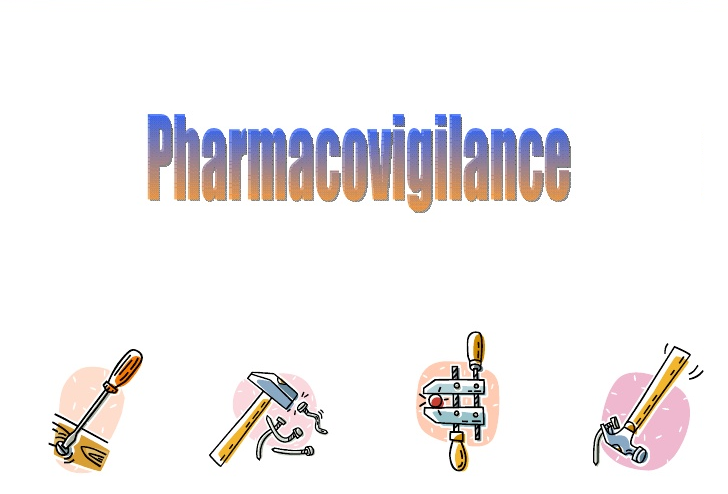Pharmacovigilance is the science related to collecting, detecting, monitoring and analyzing the adverse effects of pharmaceutical products. Pharmacovigilance primarily talks about adverse drug reactions. Inaccurate Pharmacovigilance (PV) can lead to huge fines and penalties. Nearly all companies have received notifications at some point reprimanding them about failing to report Adverse Drug Experiences or failing to follow procedures for maintaining ADR records.
Whether you are a QA or Compliance Officer, an Investigator, a Clinical Research Scientist or a Safety Nurse, as well as anyone working in the Pharmaceutical, Biotechnology, and CRO industry, you must know how to assess Post market ADRs. In 1996 the FDA implemented the ICH guidance E2C Clinical Safety Data Management: Periodic Safety Update Reports for Marketed Drugs.
More recently, the FDA has increased the frequency of real-time requests for post-marketing surveillance and Phase IV trials. It is even expected that Sponsors should include Post-approval trials as part of the development of any new IMP (Investigational Medicinal Product). The reporting format was revised and the new structure E2B (R3) has been finalized for adoption in Europe. Effective in 2015, the FDA will require mandatory electronic reporting of ICSRs (individual case safety reports) for drugs, devices, and vaccines.
In light of these changes, organizations will have to formulate a strategic viewpoint. Instead of regulation-mandated new resource investment and IT spending, this is the time for a strategically driven effort with appropriate system upgrades, and optimized business processes.
Some points to consider are:
Training Involving Parties for Changes in Data Management
The adverse data capture, management and submissions process will need changes. Additional data may need to be collected and this would require additional training, at local safety offices as well as external partners. The impact of these changes on clinical-trial data management and regulatory affairs also needs to be assessed.
Greater Collaboration Between PV and Regulatory Affairs
ICSRs are primary submitted by safety/PV department, whereas maintaining product data and implementing product dictionaries such as IDMP is managed by regulatory affairs. IDMP terminology will be required for the new-format ICSR creation, and the two departments will need to work collaboratively.
Product Information To Be Mutually Shared
Companies must maintain master data to comply with the Identification of Medicinal Products (IDMP) standard. Since submission and product identification standards would need to be linked, this is a good opportunity for organizations to include a shared repository of product information.
A phased approach should address the FDA medical device and vaccines electronic reporting requirements in 2015, which will lead to readiness for IDMP and for drug ICSR reporting using the new format.
If you want more information on post approval surveillance processes and Phase IV studies and understanding of ICH E2E Guidance, be sure to check out this webinar from Charles H. Pierce, MD, PhD FCP, CPI here http://www.profedondemand.com/pharma-biotech/value-of-post-market-pharmacovigilance-02-24-2015.html

